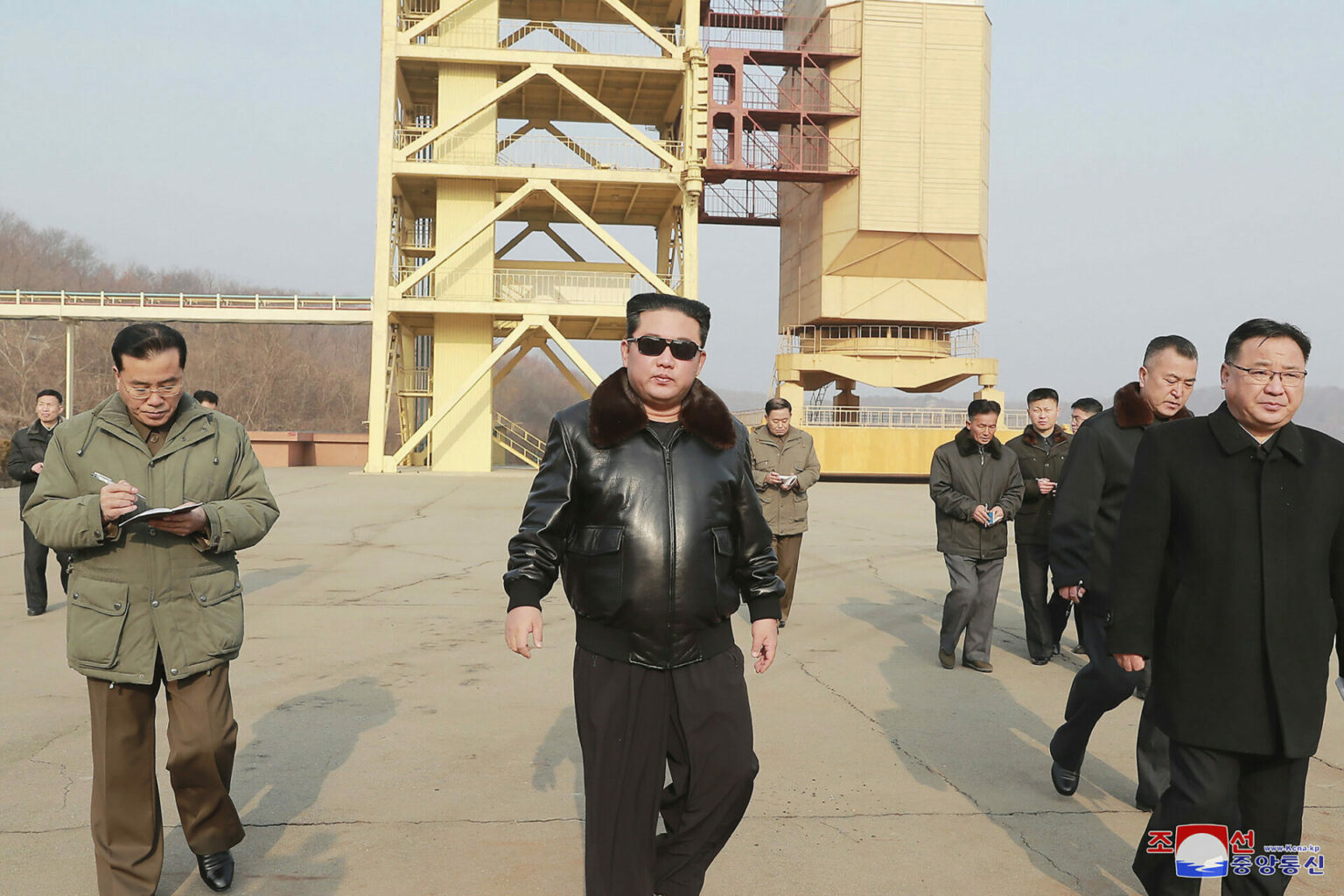In recent months, there has been a noticeable escalation in the frequency of North Korea’s weapons testing and the U.S.-South Korean joint military exercises. This back-and-forth pattern of action and response has become more intense.
On May 30, North Korea announced its plan to deploy its inaugural military surveillance satellite in June. They emphasized the significance of space-based intelligence gathering for monitoring the United States “provocative” military manoeuvres alongside their rival, South Korea.
North Korea’s Communication With Japan
The declaration was made following North Korea‘s communication with Japan’s coast guard, where they informed them that their upcoming launch, scheduled between May 31 and June 11, could have an impact on the Yellow Sea, East China Sea, and the eastern region of Luzon Island in the Philippines. In response, Japan’s Defense Minister cautioned their military to intercept and destroy the satellite or any remnants if they crossed into Japanese territory.
Although North Korea’s adversaries have criticized the nation’s intended to launch as a prohibited trial of ballistic missile capabilities, it remains uncertain if the satellite possesses the necessary sophistication to fulfil North Korea’s declared objectives of actively observing and overseeing American and South Korean military operations.
South Korean and American armed forces
The frequency of weapon testing by North Korea and the joint military exercises between the United States and South Korea has escalated in recent months, creating a pattern of retaliation. Senior military official Ri Pyong Chol, in statements reported by North Korean state media, expressed criticism towards the joint military exercises conducted by the U.S. and South Korea, which North Korea has consistently portrayed as rehearsals for invasion.
He emphasized the importance of space-based reconnaissance for North Korea to closely monitor these military exercises. The previous week, the South Korean and American armed forces conducted extensive live-fire exercises close to the North Korean border. These drills were the first in a series of five rounds commemorating the 70th anniversary of their alliance.
Both Washington and Seoul portray their regular military exercises as defensive and have rejected allegations that the increasing scale of the joint drills, along with other military activities, indicates a hidden agenda to prepare for a preemptive military strike against North Korea.
They argue that such claims reflect a “sinister intention.” In response, North Korea’s spokesman expressed concern over the “dangerous military acts by the U.S.” and its forces, suggesting that these actions contribute to an unsettling security environment. The spokesperson emphasized the need for Pyongyang to gather up-to-date and reliable information on military movements in the region.
South Korea’s Cautionary Statement
South Korea has issued a cautionary statement, stating that if North Korea proceeds with its satellite launch in defiance of United Nations Security Council resolutions, there will be repercussions.
These resolutions explicitly prohibit North Korea from carrying out any launch involving ballistic technology.
It should be noted that the fundamental technologies employed in space-launch vehicles for satellites bear similarities to those utilized in long-range missiles, which are designed for delivering warheads to destroy targets located far away, such as intercontinental destinations.
The Japanese coast guard has issued a safety advisory to ships in the affected seas during the anticipated launch. The warning highlights the potential danger of falling debris. Recently, South Korea successfully launched its inaugural commercial-grade satellite.
This achievement is expected to grant Seoul crucial technological advancements and knowledge, enabling the country to deploy its initial military reconnaissance satellite into space later this year and develop more potent missiles.
During a briefing, Han Sung Geun, who serves as the spokesperson for South Korea’s Joint Chiefs of Staff, stated that the military forces of South Korea and the United States are diligently monitoring North Korea regarding its potential satellite launch and any other aggressive military actions.
North Korean leader Kim Jong Un has expressed his commitment to developing various advanced military technologies, including spy satellites, solid-propellant intercontinental ballistic missiles, nuclear-powered submarines, hypersonic missiles, and multi-warhead missiles.

North Korean Satellites
In 2012 and 2016, North Korea launched satellites into space to observe the Earth. However, doubts have been raised regarding their effectiveness. Experts from other countries claim that the earlier satellites did not send any images back to North Korea. Furthermore, analysts believe that the newly showcased device, as seen in state media, is too small and poorly designed to handle and transmit high-resolution images.
From the beginning of 2022, North Korea has conducted approximately 100 missile tests, which include intercontinental ballistic missiles (ICBMs) specifically designed to reach the United States mainland. Additionally, they have carried out numerous launches that they claimed to be simulated nuclear attacks on targets in South Korea.
North Korea has justified its increased testing by stating that it aims to counter the joint military exercises of its rivals, using these drills as an excuse to further enhance its collection of weapons capable of carrying nuclear payloads.













